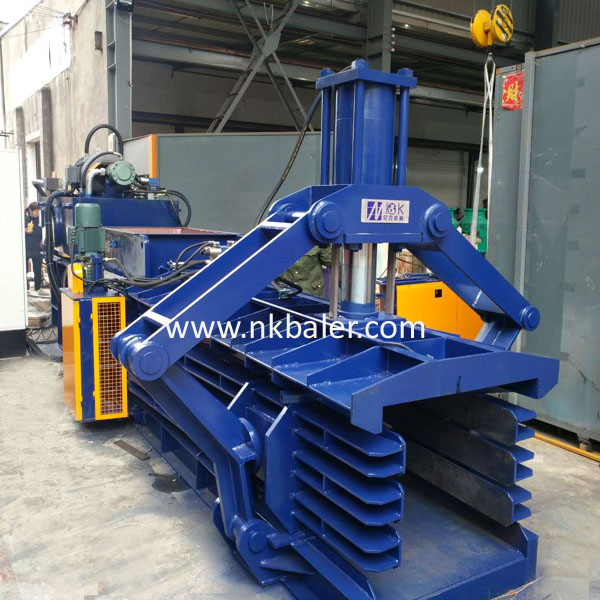If the temperature in a waste paper baler system becomes too high, it can lead to several issues that may harm the equipment, the environment, or the people working with the system. Here are some potential problems:
Equipment Damage: High temperatures can cause the components of the baler, such as seals, gaskets, and lubricants, to degrade more quickly than usual. This can lead to mechanical failures or breakdowns that require costly repairs or replacements.
Fire Hazard: Excessive heat can increase the risk of fire, especially if the waste paper contains flammable materials. A fire in a waste paper baler can be catastrophic, leading to property damage and potentially causing harm to nearby individuals.
Efficiency Reduction: If the system is designed to operate within a certain temperature range, exceeding this range can reduce the efficiency of the baling process. The paper may not compress properly, or the bales produced may not meet the required density standards.
Environmental Impact: High temperatures can affect the quality of the recycled paper product. If the paper is damaged or altered due to excessive heat, it may not be suitable for recycling, leading to increased waste and a negative environmental impact.
Health Risks: Working in an environment with high temperatures can pose health risks to operators, such as heat exhaustion or heat stroke. Prolonged exposure to high temperatures can also lead to dehydration and other heat-related illnesses.
Regulatory Compliance: Depending on the regulations in the region where the baler operates, there may be legal limits on the maximum operating temperatures for such equipment. Exceeding these limits could result in fines or other penalties.
Energy Costs: If the system has to work harder to maintain high temperatures, it may consume more energy, leading to increased operational costs.

To mitigate these risks, it is essential to monitor the temperature within the waste paper baler system and implement appropriate cooling measures or safety protocols to ensure that it operates within a safe and efficient temperature range. Regular maintenance and inspections can also help to identify and address any issues before they become serious problems.
Post time: Mar-11-2024